 您的购物车当前为空
您的购物车当前为空
Ex <400 nm 紫外激发光荧光探针
- DAPI DihydrochlorideFxCycle Violet, 4',6-二脒基-2-苯基吲哚二盐酸盐, 4',6-diamidino-2-phenylindoleT1982728718-90-3DAPI Dihydrochloride (FxCycle Violet) 是一种可渗透细胞的荧光探针,通过结合在富含 A-T 的 DNA 序列的小树林中,用于染色 DNA 和染色体,优先选择富含腺嘌呤和胸腺嘧啶的 DNA。
- ¥ 197
规格数量 - Hoechst 33342赫斯特荧光染料 33342, HOE 33342, bisBenzimide H 33342T584023491-52-3Hoechst 33342 (bisBenzimide H 33342) 是苯并咪唑荧光染料和细胞可渗透荧光 DNA 染料。
- ¥ 122
规格数量 客户已引用
客户已引用 - 4-MUNANA4-Methylumbelliferyl-N-acetyl-α-D-Neuraminic Acid sodium saltT3812076204-02-94-MUNANA(4-Methylumbelliferyl-N-acetyl-α-D-Neuraminic Acid sodium salt) 是用于神经氨酸酶 (neuraminidase) 活性测定的荧光底物,是神经氨酸酶底物类似物。
- ¥ 328
规格数量 - Hoechst 33342 trihydrochlorideHoechst 33342, HOE 33342 trihydrochloride, bisBenzimide H 33342 trihydrochloride;HOE 33342 trihydrochloride, bisBenzimide H 33342 trihydrochlorideT21627875756-97-1Hoechst 33342 trihydrochloride (bisBenzimide H 33342 trihydrochloride;HOE 33342 trihydrochloride) 是一种可透过膜的蓝色荧光 DNA 染料。
- ¥ 120
规格数量 - Cy5 maleimideCyanine 5 maleimide, Cy5-马来酰亚胺T741201437796-65-0Cy5 maleimide (Cyanine5 maleimide) 是一种灵敏度很高的的花菁染料,可用于检测天然蛋白质提取物中的游离硫醇。
- ¥ 542
规格数量 - Hydroxystilbamidine羟芪巴脒, Oxistilbamidinum, Bis(8-hydroxyquinolinium) sulphate, 2-Hydroxy-4,4'-diguanylstilbeneT9879495-99-8In houseHydroxystilbamidine ((E)-hydroxystilbamidine) 是一种能够结合 DNA 和 RNA 的染料, 也被发现是细胞核糖核酸酶的强效抑制剂。
- ¥ 1290
规格数量 - 7-Ethoxyresorufin乙氧基试卤灵, Resorufin ethyl etherT215075725-91-77-Ethoxyresorufin (Resorufin ethyl ether) 是细胞色素 P450 (尤其是CYP1A1) 的荧光底物和竞争性抑制剂,同时对 NO 合酶具有抑制作用。
- ¥ 239
规格数量 - Zinquin ethyl esterT78392181530-09-6Zinquin ethyl ester是可穿透细胞膜且具有选择性的锌离子荧光探针,可测量Zn(2+)和Ca(2+)离子的细胞内水平,可对早期胚胎进行染色。
- ¥ 1070
规格数量 - Fura-2 AMFura-2 Acetoxymethyl esterT18995108964-32-5Fura-2 AM是一种膜渗透的Ca2+(钙离子)指示剂,在细胞内被酯酶esterase转变为Fura-2。Fura-2 AM的荧光发射波长在510 nm左右,在高钙浓度和低钙浓度下分别显示出340和380nm的激发最大值,可以用荧光强度比计算钙离子浓度。
- ¥ 3290
规格数量 - BromobimaneMonobromobimaneT1892971418-44-5Bromobimane (Monobromobimane) 是一种非荧光物质,但与硫醇反应反应时生成荧光产物。Bromobimane 可被当作一种探针使用,常在临床医学上检验血液中硫化物的含量。
- ¥ 145
规格数量 - MonochlorobimanemBBr, ChlorobimaneT1902876421-73-3Monochlorobimane (mBBr) 是一种荧光染料 ,λex 值为380 nm,λem 值为470 nm。Monochlorobimane 可用于测定细胞中谷胱甘肽 (GSH)。
- ¥ 248
规格数量 - Hoechst 33258 trihydrochloridePibenzimol, Hoechst 33258, HOE 33258, H 33258 trihydrochloride, bisBenzimide H 33258 trihydrochloride, BisbenzimideT405723491-45-4Hoechst 33258 trihydrochloride (Bisbenzimide) 是一种能够用于 DNA 染色的荧光染料。
- ¥ 348
规格数量 - Ac-YVAD-AFCT78431219137-85-6Ac-YVAD-AFC是一种用于检测caspase-1的荧光肽底物,被切割后放出荧光分子AFC,激发波长400 nm,发射波长505 nm。
- ¥ 289
规格数量 - ABMDMA9,10-Anthracenediyl-bis(methylene)dimalonic acidT64957307554-62-7ABMDMA (9,10-Anthracenediyl-bis(methylene)dimalonic acid) 是一种化学探针和指示剂,具有光漂白性,可被单线态氧光漂白成相应的过氧化物内酯,可用于测定光诱导的单线态氧生成(SOG)。
- ¥ 125
规格数量 - DEAC, SE7-Diethylaminocoumarin-3-carboxylic acidT64949139346-57-9DEAC, SE 可用于生命科学领域的相关研究。其产品编号为 T64949,CAS号为 139346-57-9。
- ¥ 329
规格数量 - Z-IETD-AFCT36333219138-02-0Z-IETD-AFC 是 caspase-8 和颗粒酶 B 的荧光底物,可用于定量半胱天冬酶-8 或颗粒酶 B 的活性。
- ¥ 619
规格数量 - 7-Hydroxycoumarin-3-carboxylic acid3-Carboxy-7-HydroxycoumarinTD0073779-27-17-Hydroxycoumarin-3-carboxylic acid (7-HC-3-CA) 是一种安全的抗褐变剂,抑制酪氨酸酶活性,可用于研究食品保鲜和人类色素沉着。
- ¥ 126
规格数量 - MeOSuc-AAPV-AMCMeOSuc-Ala-Ala-Pro-Val-AMCT3836472252-90-5MeOSuc-AAPV-AMC (MeOSuc-Ala-Ala-Pro-Val-AMC)是人类白细胞和猪胰腺弹性蛋白酶的荧光底物,是一种四肽。
- ¥ 148
规格数量 - 4-Methylumbelliferyl-β-D-glucuronide hydrateMUG, 4-甲基伞形酮-Β-D-葡糖苷酸二水合物T18887881005-91-04-Methylumbelliferyl-β-D-glucuronide hydrate (MUG) 是一种荧光底物 (λex=362 nm,λem=445 nm)。
- ¥ 108
规格数量 - 2,3-Diaminonaphthalene2,3-二氨基萘T18881771-97-12,3-Diaminonaphthalene 是一种高效的、选择性的比色和荧光试剂,可用于亚硝酸盐的荧光测定,以及硒检测。
- ¥ 99
规格数量










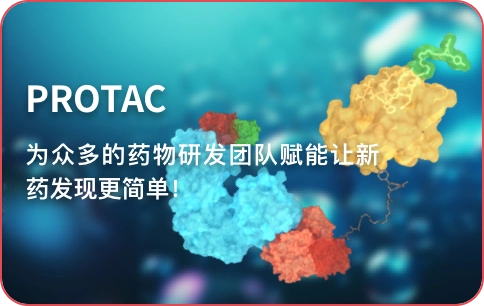






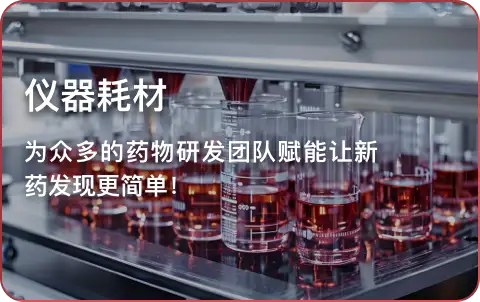
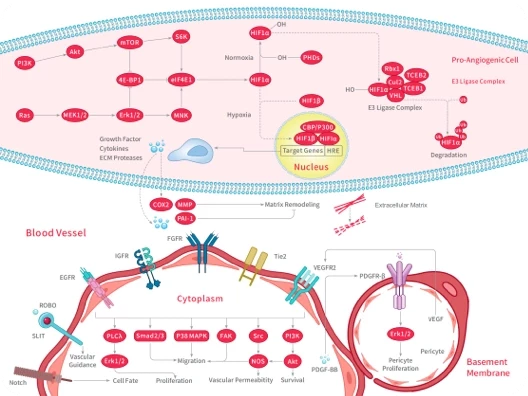
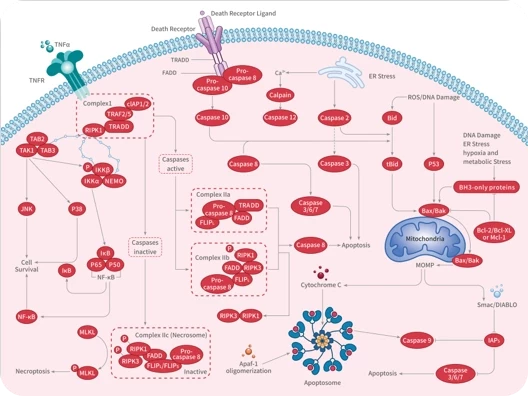
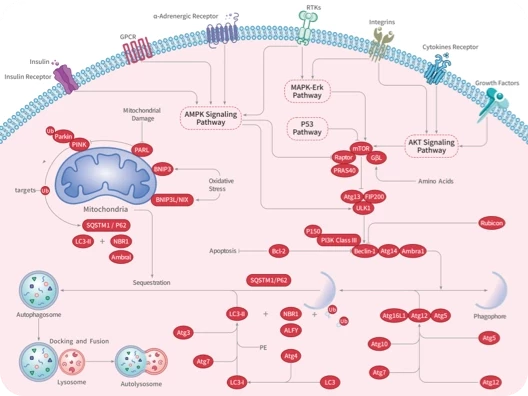

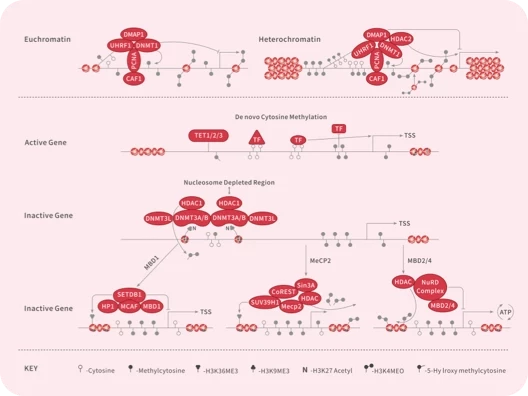
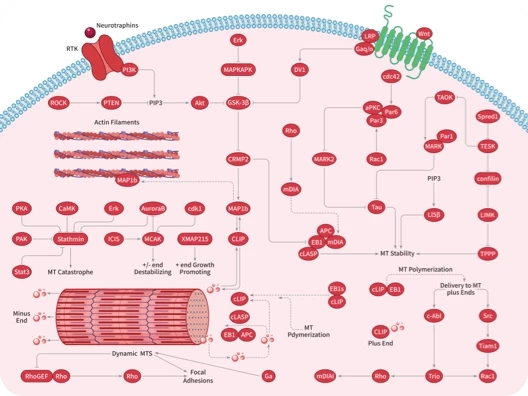
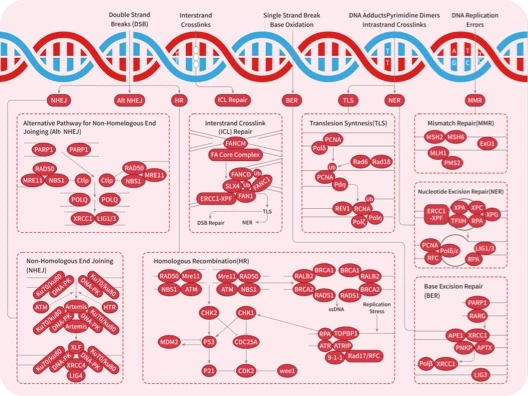
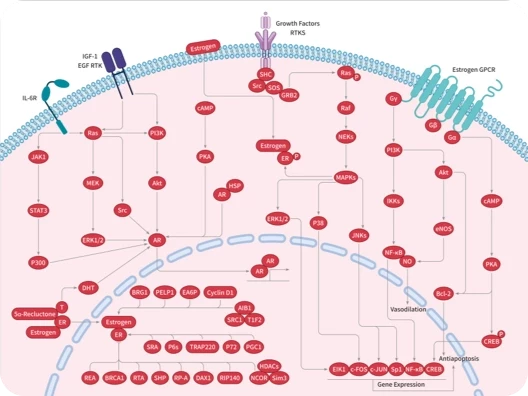
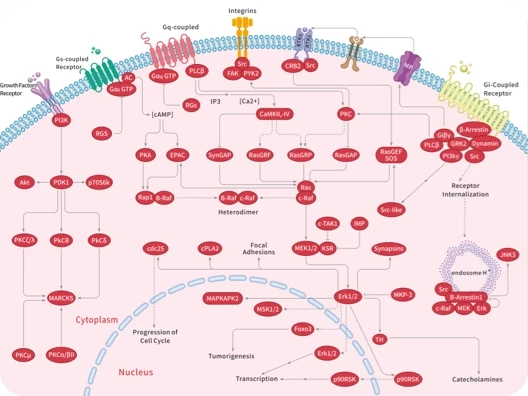
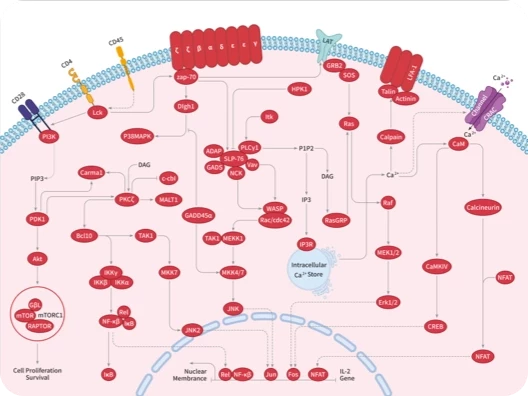
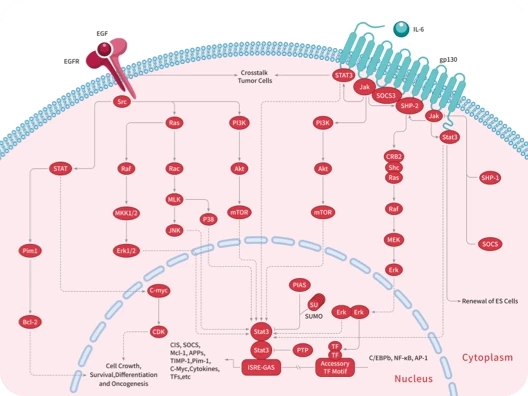
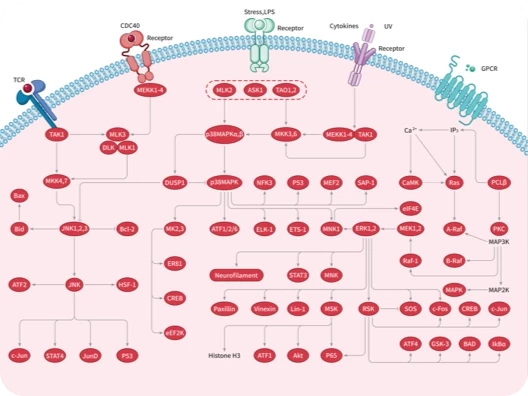
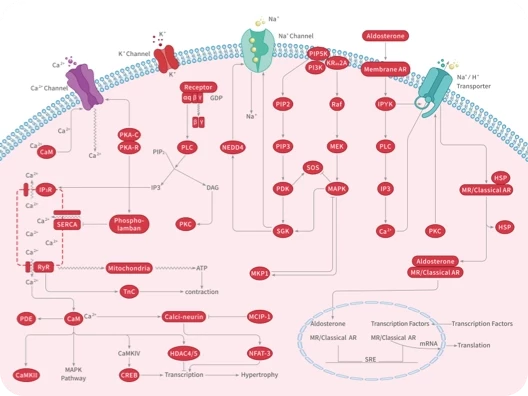
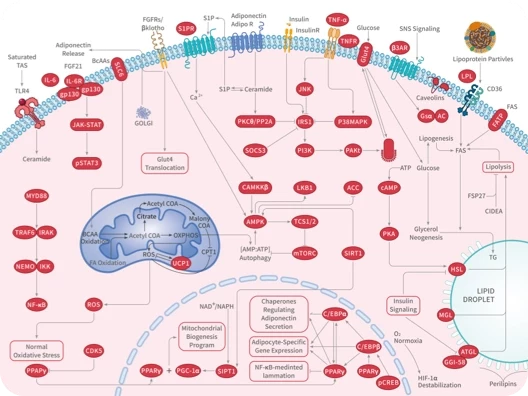
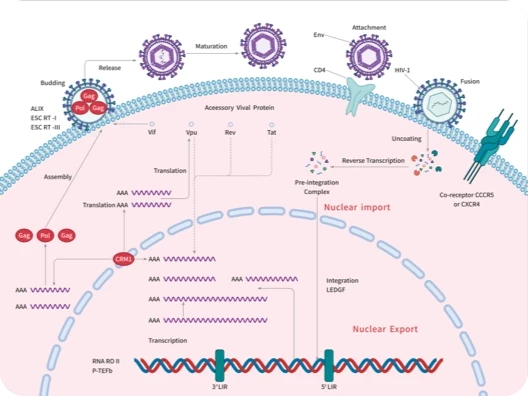


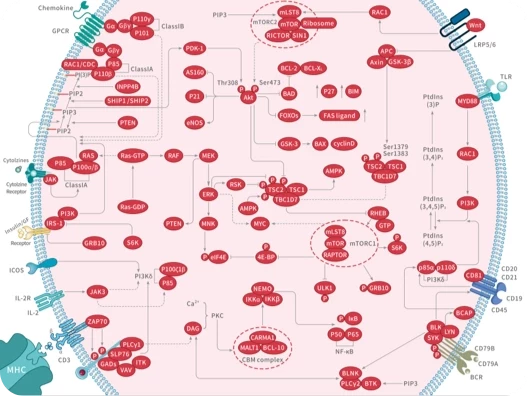
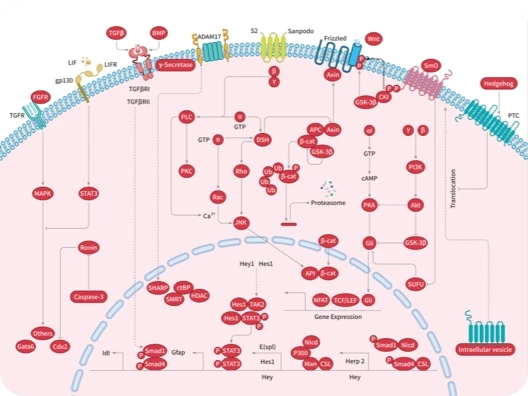

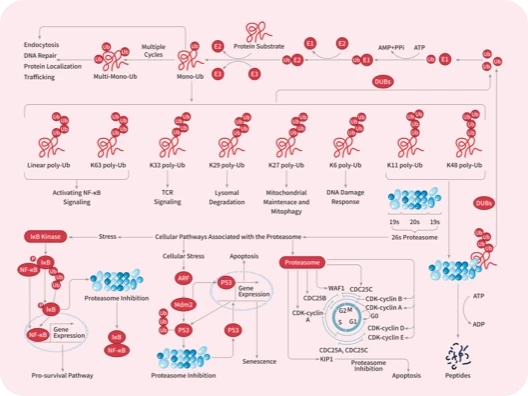

 |
|